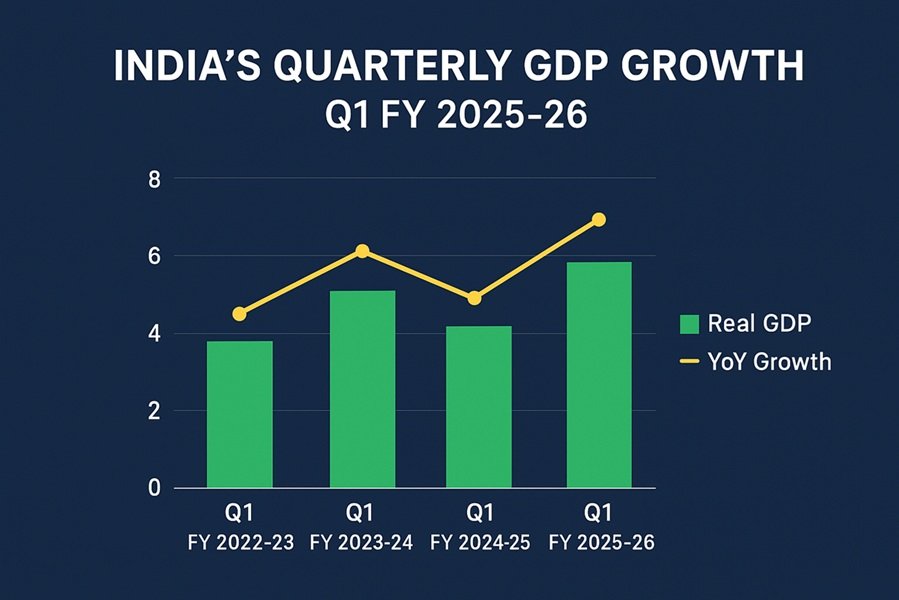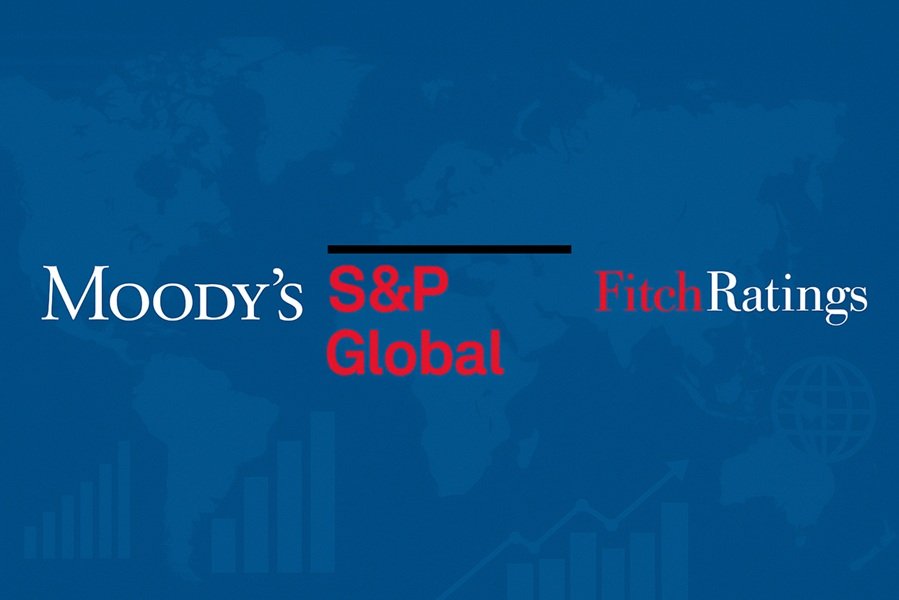
Meet Anita, a self-employed graphic designer, and Ravi, a salaried IT professional. Both are looking to secure their financial future but have different investment options at hand—PPF (Public Provident Fund) for Anita and EPF (Employee Provident Fund) for Ravi. Let’s walk through their stories to understand these schemes better.
Anita’s Journey with PPF: A Safe Haven for Self-Starters
Anita works as a freelancer. She doesn’t have an employer to contribute to her retirement savings, but she needs a safe and tax-saving option. That’s when she discovers the Public Provident Fund (PPF).
- Flexibility in Contributions: Anita can invest anywhere between ₹500 to ₹1.5 lakh in a year. She decides to contribute ₹12,500 every month, making it a habit.
- Risk-Free Returns: The government announces the PPF interest rate quarterly (currently ~7.1%). It may not be the highest return option, but it’s guaranteed and safe.
- Lock-in Period: Anita realizes she won’t need the money for 15 years. While it feels long, she learns she can withdraw partially after 7 years or extend the account in blocks of 5 years.
- Tax-Free Benefits: Her contributions, the interest earned, and the maturity amount are all tax-free.
Anita is happy knowing her PPF account is a secure investment. It’s low-risk, government-backed, and gives her peace of mind.
Ravi’s Experience with EPF: A Salary-Linked Security
Ravi works for a company that automatically deducts 12% of his basic salary + DA every month for EPF. His employer matches this contribution, doubling his savings effortlessly. Here’s how EPF works for Ravi:
- Employer Contribution: Unlike PPF, Ravi’s EPF comes with the bonus of his employer contributing an equal amount. This makes EPF a high-return option.
- Higher Interest Rate: EPFO (Employees’ Provident Fund Organisation) offers an interest rate of ~8.15%—higher than PPF—compounded annually.
- Access to Funds: Ravi can’t withdraw the EPF balance anytime he wants, but he’s allowed partial withdrawals for specific purposes like buying a house, medical emergencies, or children’s education. Full withdrawal is possible only after retirement or 2 months of unemployment.
- Tax Benefits: Like PPF, EPF enjoys an EEE status. Contributions, interest, and withdrawals after 5 years are tax-free.
For Ravi, EPF is not just an investment—it’s a built-in retirement savings plan.
A Quick Comparison for Anita and Ravi
| Feature | PPF (Anita) | EPF (Ravi) |
|---|---|---|
| Eligibility | Open to all Indian residents | Salaried employees only |
| Contributions | ₹500 to ₹1.5 lakh/year | 12% of basic salary + DA |
| Interest Rate | ~7.1% (fixed quarterly) | ~8.15% (announced annually) |
| Lock-in Period | 15 years | Until retirement/unemployment |
| Partial Withdrawals | After 7 years | For specific purposes |
| Tax Benefits | Fully tax-free | Fully tax-free after 5 years |
| Risk | Risk-free | Low-risk with market linkage |
What Should You Choose?
If you’re like Anita—self-employed, risk-averse, or looking for a government-backed option—PPF is the way to go. It offers flexibility, safety, and long-term savings.
If you’re like Ravi—a salaried employee with access to EPF—this scheme is a no-brainer. The employer contribution and higher interest rate make EPF an attractive choice for retirement planning.
A Pro Tip: Combine Both
Why choose one when you can have both? Many salaried individuals like Ravi invest in EPF through their employer and open a PPF account on their own for additional savings. This dual approach helps diversify savings and build a robust financial future.
Conclusion: Plan Your Savings Wisely
Just like Anita and Ravi, you need to assess your financial goals, employment status, and risk appetite before choosing between PPF and EPF. Both options are excellent, but the right choice depends on your specific needs.
Would you like to see a detailed example with numbers or calculators for estimating returns? Let me know!







